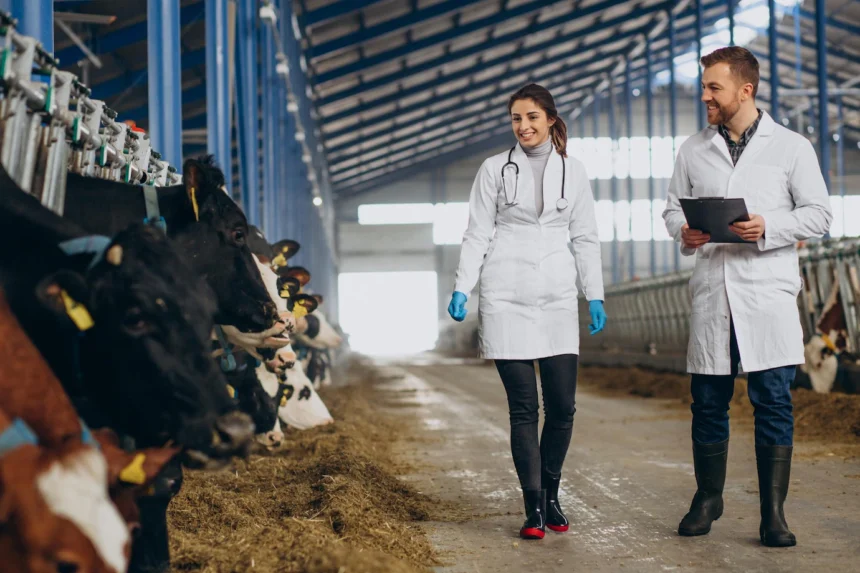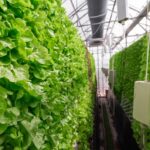In recent years, there have been several notable innovations in livestock health monitoring and disease prevention. These advancements aim to improve the overall well-being of animals, enhance productivity, and reduce the spread of diseases within livestock populations. Here are some key innovations in this field:
- Wearable Technology: Wearable devices, such as smart collars or ear tags, equipped with various sensors have been developed to monitor vital signs, behavior, and movement patterns of livestock. These devices can track parameters like body temperature, heart rate, activity levels, and rumination behavior. Real-time data collected from these devices can help detect early signs of illness or distress, enabling prompt intervention.
- Precision Livestock Farming: Precision livestock farming involves the use of advanced technologies, including sensors, cameras, and data analytics, to monitor and manage livestock production systems. By continuously monitoring factors such as feed intake, water consumption, and environmental conditions (temperature, humidity, air quality), farmers can identify deviations from normal patterns and take preventive measures to mitigate health risks and optimize conditions for the animals.
- Remote Monitoring and Data Analysis: Livestock health monitoring systems now utilize remote sensing and data analysis techniques to monitor livestock populations over large geographical areas. Satellite imagery, drones, and other remote sensing technologies can assess livestock density, detect changes in vegetation, and identify potential disease outbreaks. Data analysis techniques, including artificial intelligence and machine learning algorithms, can process this information to provide early warnings and facilitate targeted disease prevention strategies.
- Genetic Selection and Breeding: Genetic advancements play a crucial role in disease prevention and animal health. Through selective breeding, genetic traits associated with disease resistance or tolerance can be identified and prioritized. Genetic markers can help identify animals with enhanced immunity or resilience to specific diseases. Furthermore, genomic technologies, such as gene editing, enable targeted modifications to animal genomes, potentially reducing the susceptibility to certain diseases.
- Vaccines and Diagnostic Tools: Ongoing research focuses on developing improved vaccines and diagnostic tools for livestock diseases. Novel vaccine formulations, including DNA vaccines and vectored vaccines, offer new approaches to disease prevention. Diagnostic tools, such as rapid diagnostic tests and point-of-care devices, provide timely and accurate disease detection, enabling early intervention and containment measures.
- Data Integration and Surveillance Networks: Integration of data from various sources, such as on-farm monitoring systems, veterinary clinics, and diagnostic laboratories, is crucial for effective disease surveillance and prevention. Collaborative networks and digital platforms facilitate data sharing and analysis, enabling timely response to disease outbreaks and better understanding of disease dynamics.
These innovations collectively aim to enhance livestock health, welfare, and productivity while reducing the environmental impact of livestock production. By leveraging technology and data-driven approaches, farmers and veterinary professionals can make more informed decisions and implement proactive measures for disease prevention and control in livestock populations.
Join 'Farmers Mag' WhatsApp Channel
Get the latest Farming news and tips delivered straight to your WhatsApp
CLICK HERE TO JOIN






